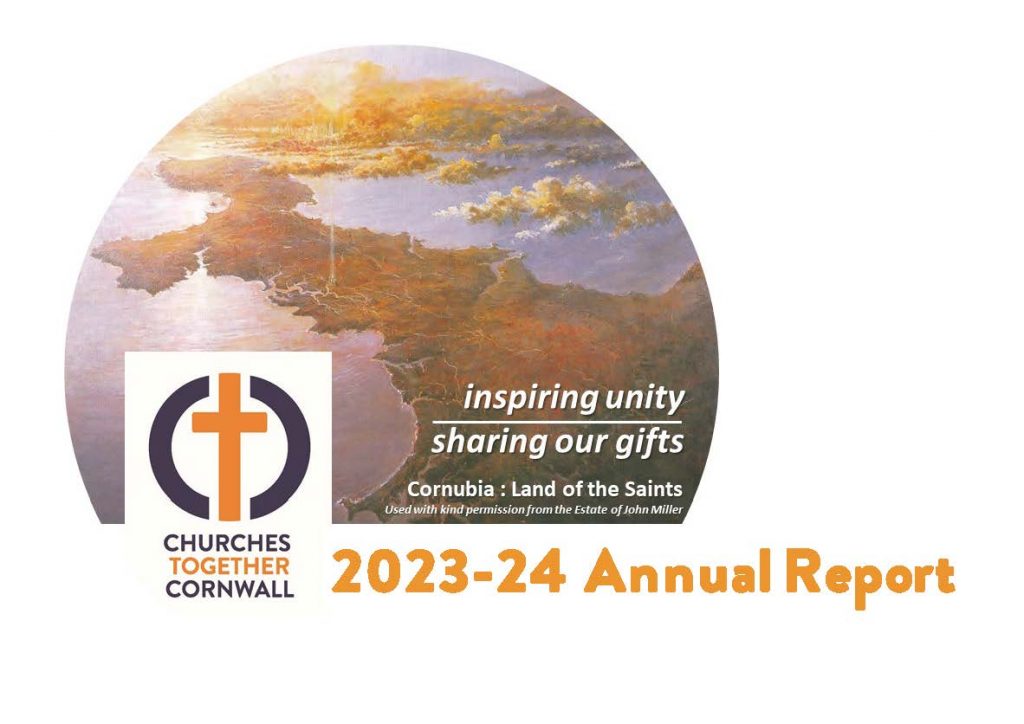Churches Together in Britain and Ireland (CTBI) celebrates a significant milestone in 2022 – it is 80 years since the founding of the British Council of Churches (BCC), the organisation that preceded CTBI, although the origin of the BCC dates back to 1890.
It is a time for looking back, reflecting on the journey we have been on so far, and also looking forward to apply that learning, conscious of how much work there is still to do. CTBI works in close partnership with the National Ecumenical Instruments (NEIs) and in the lastest CTBI Magazine we bring together some of the key questions and priority areas of focus from the different contexts. The article is available to download.
Below we provide some of the history that led to the present day CTBI and have made available The Story of the BCC – follow the pilgrim road which was designed as a chart by Alan Dawkins with notes by Colin Davey. You can also download Colin Davey’s notes which provide a brief account of the BCC’s origins and an indication of the ecumenical events in the life of the churches and of its sister-councils in Ireland, Scotland and Wales.
The 1980s were a significant time for the ecumenical movement in Britain and Ireland. 1982 was both an ‘annus mirabilis’ and an ‘annus terribilis’ for the churches in Britain and Ireland, commented Colin Davey in the publication ‘Not Strangers but Pilgrims’ The 1980s Inter-Church Process: From Councils of Churches to Churches Together, co-written by Martin Reardon (available on the Churches Together in England website).
It saw the visit of Pope John Paul II to England, Wales and Scotland, and during his address in Glasgow he reflected “We are only pilgrims on this earth, making our way towards that heavenly Kingdom promised to us as God’s children. Beloved brethren in Christ, for the future, can we not make that pilgrimage together hand-in-hand… doing all we can ‘to preserve the unity of the Spirit by the peace that binds us together?’” Two significant publications were also released: The Final Report of the Anglican-Roman Catholic International Commission; and the Lima Report on Baptism, Eucharist and Ministry from the World Council of Churches (WCC).
However, the year also saw the failure of the proposed covenant between the Church of England, Methodist Church, United Reformed Church and the Moravian Church.
This was some of the background to discussions about the future direction of the BCC. Following the Spring Assembly of the BCC in March 1984, an ‘Inter-Church Process’ was set in motion, also detailed in Colin Davey and Martin Reardon’s publication, and BCC publications. The result, following the Swanwick Declaration of 1987, was the establishment of Churches Together in England (CTE), Cytun (Churches Together in Wales), and ACTS (Action of Churches Together in Scotland) in 1990. The BCC became the Council of Churches for Britain and Ireland (CCBI), with the name changed in 1999 to Churches Together in Britain and Ireland.
The Story of the BCC – follow the pilgrim road
This is also reproduced in an article in the latest issue of the CTBI Magazine (mentioned above).

Download
The Story of the BCC – follow the pilgrim road (PDF, 1.2MB).





